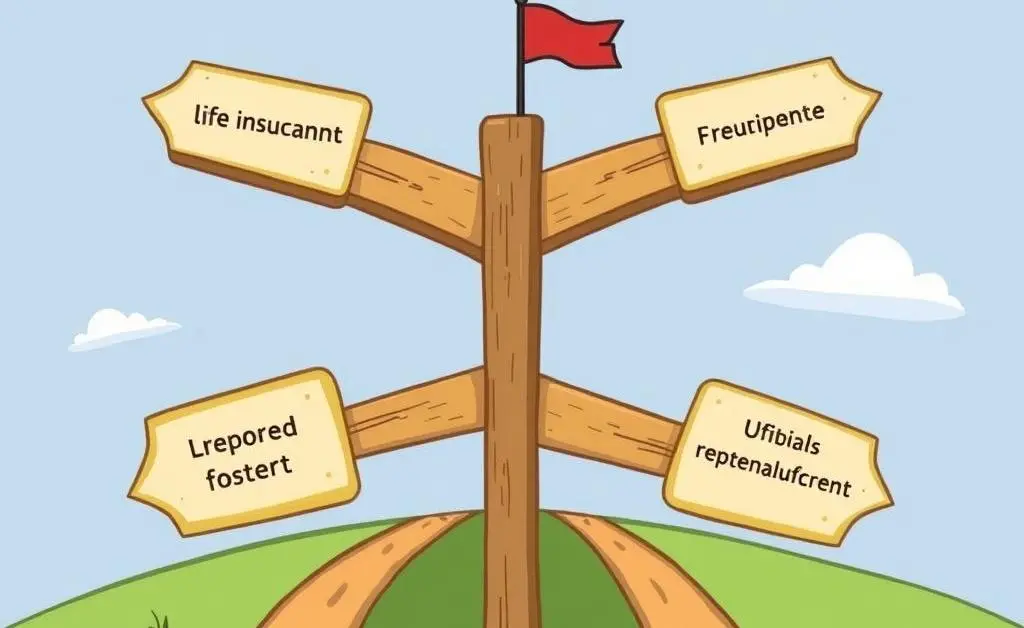Navigating the Complex World of Life Insurance: A Thoughtful Guide
Discover pragmatic tips and clear insights into understanding life insurance today.

Have you ever found yourself overwhelmed with the idea of life insurance? You're certainly not alone. For many of us, life insurance can seem like a complex maze, but fear not. Let's dive into the heart of it and make sense of this valuable tool.
Understanding the Basics
So, what exactly is life insurance? At its core, life insurance is a contract between you and an insurance company. In exchange for your regular premium payments, the insurer promises to provide a sum of money to your beneficiaries upon your passing. But there's more to it than just that simple explanation.
Key Types of Life Insurance
- Term Life Insurance: Provides coverage for a specific period (usually 10, 20, or 30 years). It's often the simplest and most affordable option.
- Whole Life Insurance: Offers lifetime coverage with a savings component, often more expensive but with added benefits.
- Universal Life Insurance: Combines the best aspects of term and whole life, providing flexibility in premiums and coverage.
Imagine a scenario with our friend, Alex. They recently bought a term life policy as their family grew. Alex realized that the affordable premiums and straightforward coverage aligned with their current needs. Through understanding these options, Alex made an informed choice, achieving peace of mind knowing their loved ones were protected.

Deciding on the Right Coverage
Choosing the right policy often depends on several factors, including your financial goals, family circumstances, and budget. Here are some questions to ponder:
- What's the financial situation and future needs of your dependents?
- How much can you afford to pay in premiums?
- Do you wish to use life insurance as an investment tool?
Overcoming Common Myths
Many misconceptions surround life insurance. Let’s debunk a few:
1. It's Too Expensive
While cost can be a factor, life insurance is often more affordable than people think. Flexible options allow you to tailor the policy to your budget.
2. You Only Need It When You're Older
In fact, buying life insurance when you're younger often results in lower premiums. It’s a proactive approach to securing your future.

Practical Steps to Take
Here’s a simple roadmap to get you started:
- Assess your life insurance needs considering debts, family expenses, and future schooling costs for children.
- Compare policy options and seek quotes from various insurers.
- Consult a financial advisor if you're uncertain about your choices.
By breaking it down into these steps, you'll find the path to selecting the right life insurance policy a lot clearer and less intimidating.

The Final Word
Life insurance is more than just a policy; it's a testament to the future you're planning for your loved ones. These policies, though sometimes daunting, offer a cushion of security and financial stability. What steps will you take today to ensure peace of mind tomorrow?




